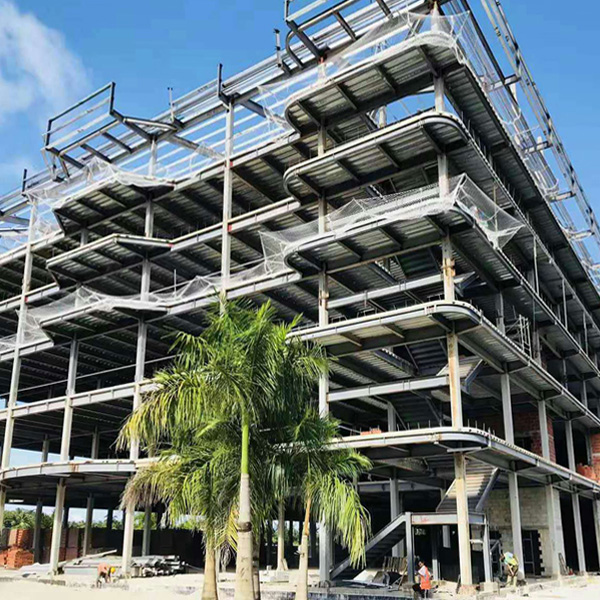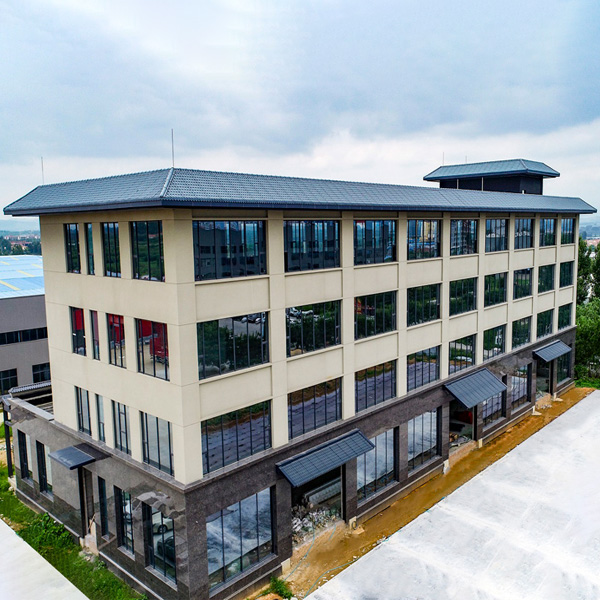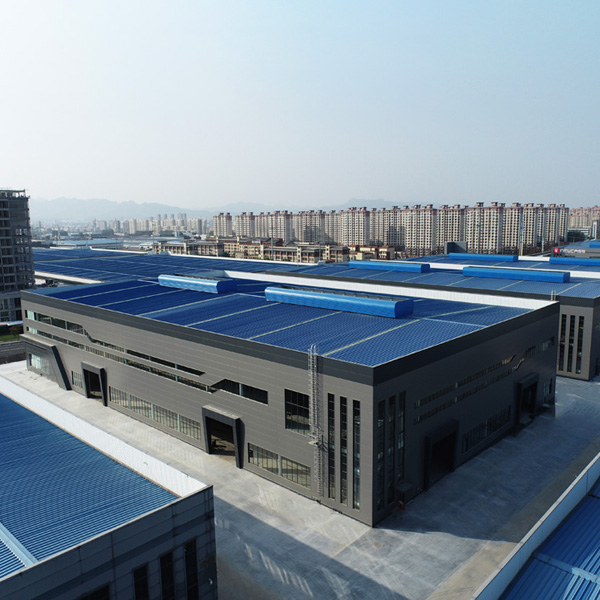NEWS DETAIL
Views: 432 Author: Site Editor Publish Time: 2024-09-03 Origin: Site
Steel buildings are gaining popularity because of their cost-effectiveness, durability, and flexibility. If you are thinking about building, it helps to know why steel buildings are usually cheaper than traditional ones. This knowledge can help you decide better. This article will break down the key reasons why steel buildings have a lower price point.
Steel is highly durable and enduring. Contrary to wood, steel is not susceptible to decay, distortion, or pest infestation.
This strength means steel buildings need less care over time. Less care leads to lower costs in the long run. This makes steel buildings a smart choice for saving money.
· Resistance to Environmental Damage: Steel doesn’t degrade with exposure to the elements.
· Reduced Need for Repairs: Less frequent repairs lead to lower ongoing costs.
Factories often pre-fabricate steel buildings before workers transport them to the construction site. This pre-fabrication process allows for quicker assembly on-site compared to traditional construction methods. Assembling pre-made parts reduces labor costs and construction time.
· Reduced Construction Time: Faster assembly means lower labor costs.
· Minimized On-Site Work: Pre-fabrication reduces the need for extensive on-site work.



Steel structures provide more design options than traditional materials. They can span large areas without needing internal supports, creating open floor plans. This flexibility helps use space more efficiently and can reduce construction costs.
· Open Floor Plans: Fewer columns and walls mean more usable space.
· Customizable Designs: Designers can easily change steel to fit different needs.



Steel is often less expensive than other building materials like wood or concrete. The production and processing of steel have become more efficient over time, contributing to lower material costs. Additionally, steel is widely available and recyclable, which further helps in keeping costs down.
· Affordable Material Costs: Competitive pricing of steel compared to other materials.
· Recyclability: You can reuse steel, which reduces the environmental impact and cost.
Modern steel buildings can be designed with energy-efficient systems and materials. Adding insulation and energy-efficient windows can lower heating and cooling costs. These savings make the building more affordable overall.
· Energy-Efficient Design: Integration of contemporary energy-conservation methods.
· Reduced Utility Bills: Lower heating and cooling costs because of better insulation.
The speed at which a steel building can be constructed is a significant factor in its overall cost. Faster construction times mean less time spent on-site, which translates to lower labor and overhead costs. Additionally, faster completion times can lead to earlier occupancy and quicker returns on investment.
· Shorter Build Time: Reduced labor and overhead costs.
· Faster Occupancy: Quicker completion leads to earlier use and potential revenue.
Steel construction generates less waste compared to traditional building methods. Precise pre-fabrication and modular assembly reduce material waste on-site. This efficiency not only lowers material costs but also minimizes disposal costs associated with construction waste.
· Less Material Waste: Efficient pre-fabrication reduces waste.
· Lower Disposal Costs: Less waste means reduced costs for disposal and cleanup.
Steel buildings are highly resilient and can withstand extreme weather conditions, such as high winds and heavy snow loads. This durability reduces the risk of damage and the associated repair costs. Additionally, steel structures are fire-resistant, which enhances safety and reduces insurance premiums.
· Weather Resistance: Steel can handle extreme weather conditions.
· Fire Safety: Enhanced fire resistance reduces insurance costs.



The protective characteristics of steel structures frequently result in decreased insurance costs. Steel is strong and fire-resistant, so insurance companies might offer lower premiums for buildings made from it. The reduction in insurance expenses adds to the overall cost-effectiveness of steel structures.
· Reduced Insurance Premiums: Fire resistance and durability lower insurance costs.
· Enhanced Safety: Fewer risks lead to lower premiums.
Investing in a steel building can provide long-term value. The durability, low maintenance costs, and energy efficiency of steel buildings contribute to their long-term cost-effectiveness. Additionally, steel structures often have a longer lifespan compared to traditional buildings, providing better value over time.
· Durability and Longevity: Longer lifespan reduces the need for replacements.
· Ongoing Cost Savings: Low maintenance and energy efficiency lead to continued savings.
Steel buildings are a smart choice for many construction projects. Steel building prices are often more affordable than traditional buildings. They have lower material and labor costs. They also need less maintenance and insurance.